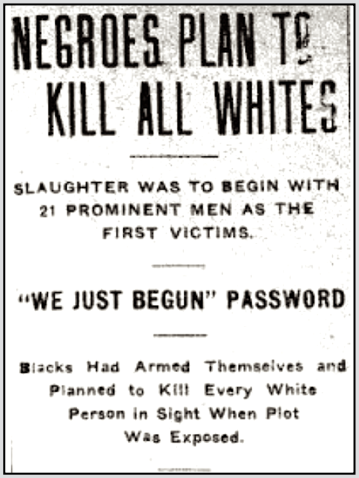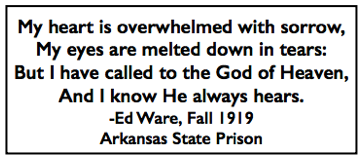 ———————-
———————-
Hellraisers Journal – Monday November 28, 1921
Excerpt from The Voice of the Negro by Robert T. Kerlin
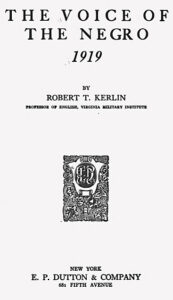
Note: On Saturday we featured a review of Kerlin’s “Voice of the Negro,” which includes a section on the so-called “riot” at Elaine, Arkansas. This deadly event, which we refer to as the Elaine Massacre, was a bloody rampage led by the plantation class, initially against the Progressive Farmers and Household Union of America (sharecropper’s union) and later against the entire Afro-American community of Phillips County, Arkansas.
Yesterday we published an excerpt from Kerlin’s book which described how the Johnston Brothers were murdered during the Elaine Massacre. Today’s excerpt sets forth how systematic robbery of tenant farmers and sharecroppers led up to the Arkansas Riot.
From The Savannah Tribune of October 23, 1919:
SYSTEMATIC ROBBERY CAUSE OF RIOTS
ARKANSAS NEGROES HAD NOT PLANNED MASSACRE
The cause of the disturbances in Arkansas was systematic robbery of Negro tenant farmers and share croppers. For years Negroes have been working the farms of white owners on shares and when the time came for a settlement, owners have refused to give them itemized statements of their accounts. Negro tenant farmers and share croppers must buy their supplies during the year from the plantation store or some designated store. The system kept the Negro continually in debt and it is an unwritten law in Arkansas as in many parts of the South that the Negro may not leave the plantation until the debt is paid.
“The Progressive Farmers and Household Union of America” was formed by Negro share croppers and the dues paid were to go into a common fund to employ a lawyer. The lawyer was to make a test case in court of one tenant farmer’s inability to obtain an itemized statement of his account.
On October 6 tenant farmers on 21 plantations were to ask the owners for a settlement. It appears that, failing a settlement, the Negroes were going to refuse to pick the cotton then in the field or to sell cotton belonging to them for less than the market price. Trouble, however, was precipitated when W. A. Adkins, a special agent for the Missouri Pacific Railroad, Charles Pratt, a deputy sheriff and a Negro “trusty” were fired upon, so it is claimed, by Negroes in a church at Hoop Spur [where Union members were gathered]. Adkins was killed and Pratt severely wounded. A statement of one of the persons in the church at the time, however, shows that Adkins and Pratt fired into the church without provocation and that their fire was returned with the above-mentioned results. That precipitated the trouble.

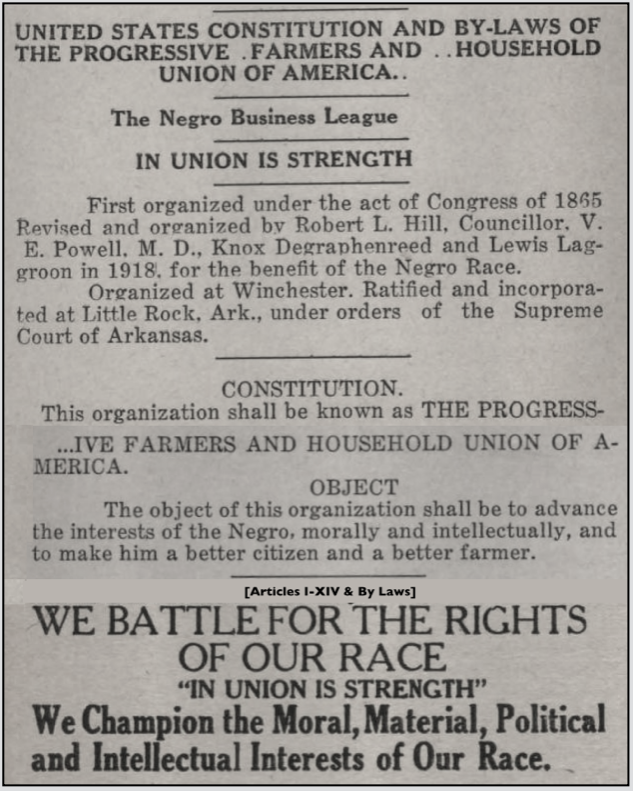
 ———-
———-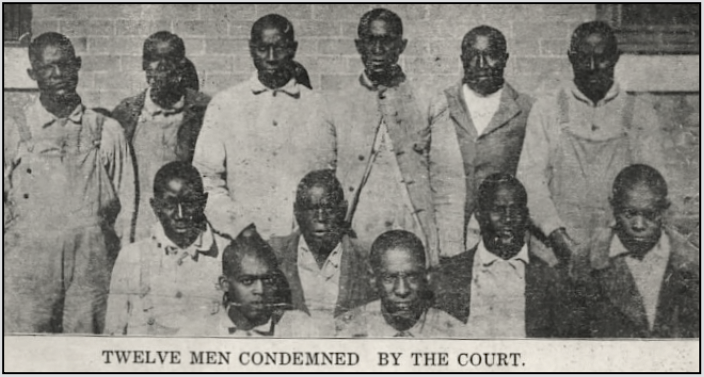
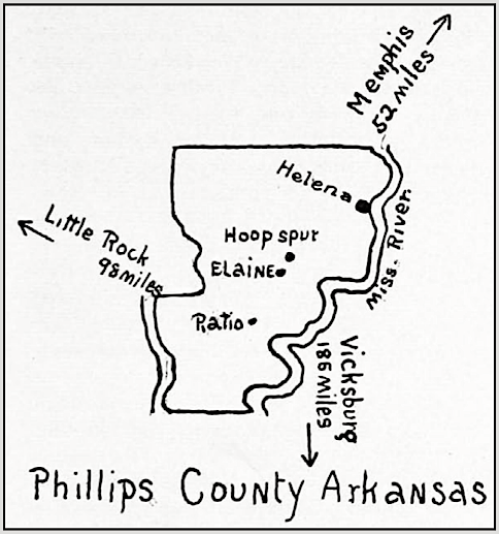
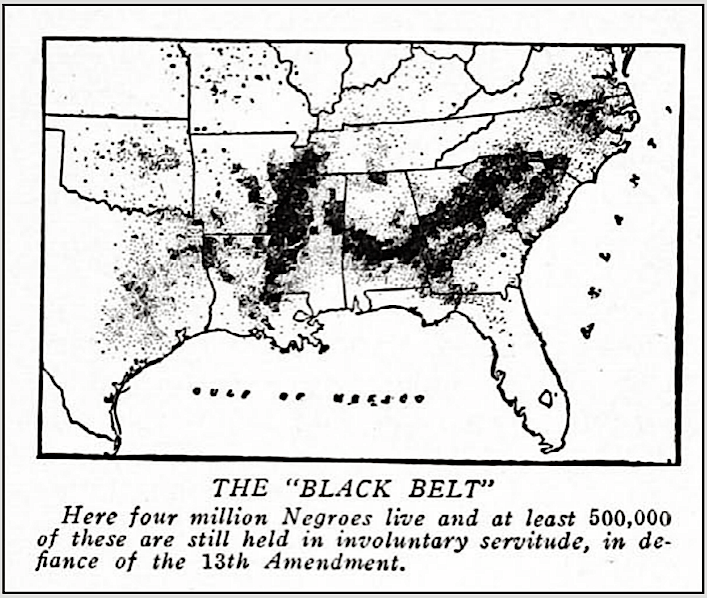
 ———-
———-